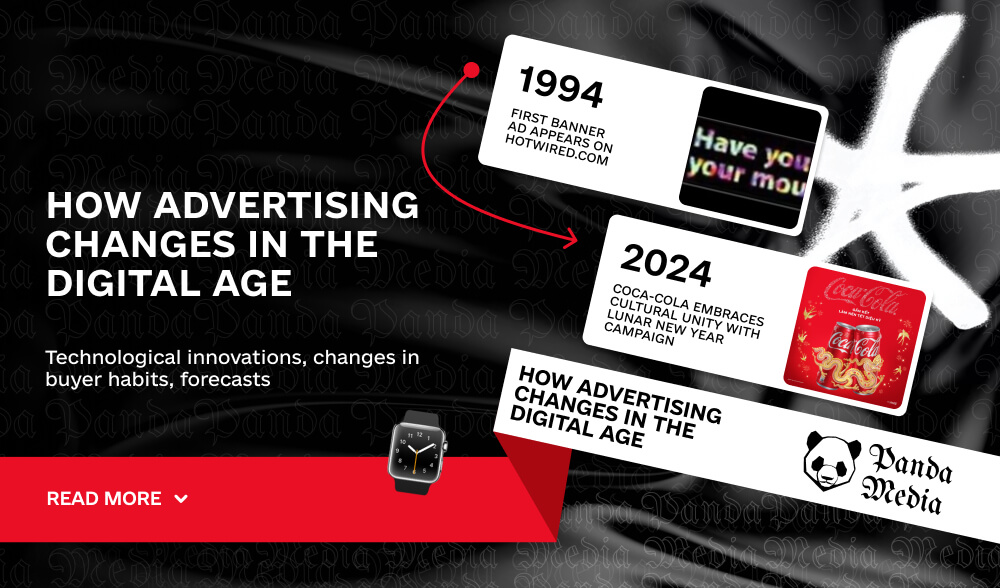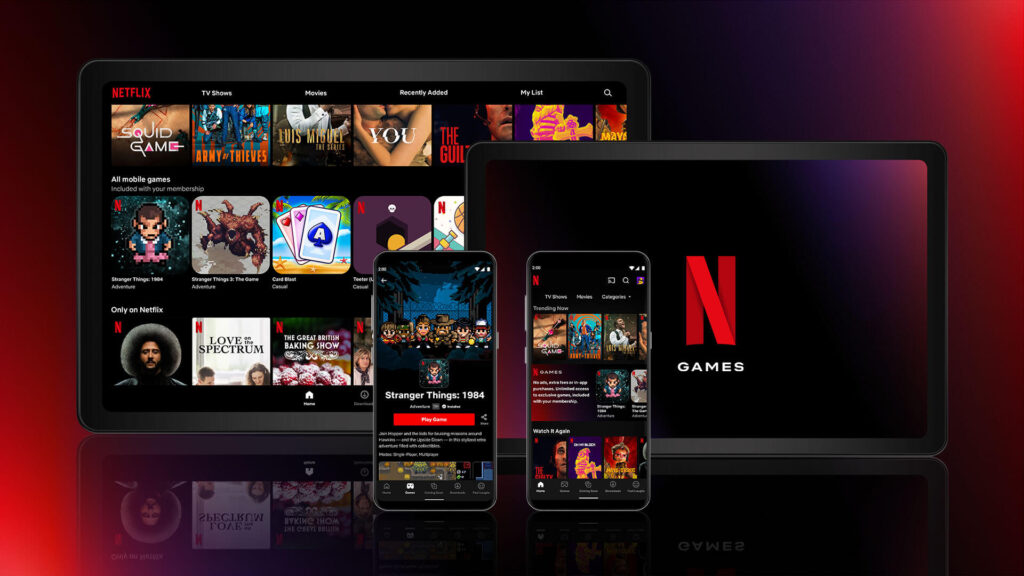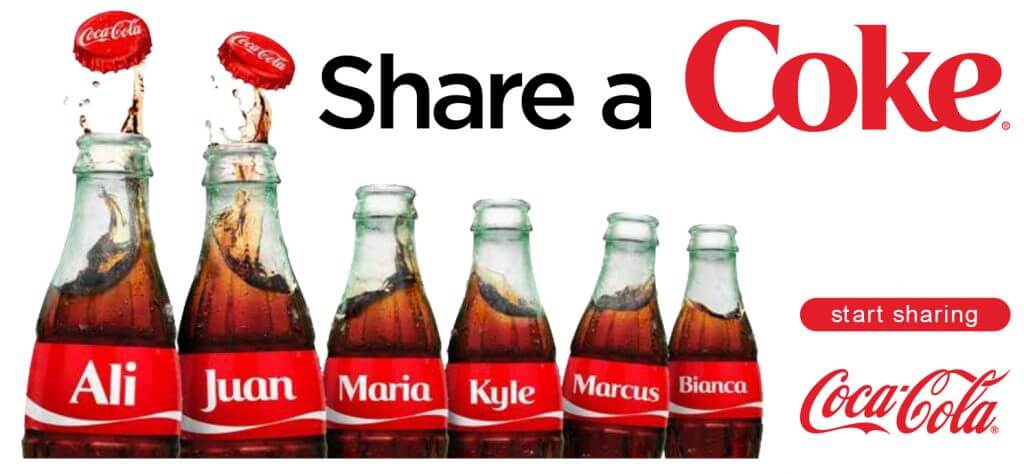Don't miss interesting news

In the era of digital transformation, the advertising world is undergoing significant transformations. Innovations in the technology sector and consumer adaptation to new realities are significantly rethinking the processes of creating, distributing, and perceiving advertising messages.
Progress in technology has dramatically changed the world of advertising and continues to influence it. Innovative solutions open up unlimited prospects for marketers to interact effectively with the audience. For example, modern tools can be used to target ads so that they are displayed to a specific audience at the optimal time and place, which significantly increases the likelihood of their perception.

For example, McDonald’s has implemented a marketing initiative that automatically adjusts offers to the appetite of consumers according to the time of day.
The ability to aggregate and analyze data sets in detail also opens up new horizons for the advertising industry. Agencies can better understand customer needs by adapting communications and refining promotion strategies. Analytics tools help to evaluate the effectiveness of advertising campaigns and find ways to optimize them.

An example is Netflix, which adapts advertising materials based on the analysis of user preferences for its service.
The development of new platforms and advertising formats, such as social media, mobile apps, and online TV, provides marketers with a variety of channels to reach consumers. By using different types of content – video, audio, graphics, and interactive elements – advertisers can more accurately connect with their target audience.

Airbnb, for example, has used video ads on Facebook and Instagram to showcase its properties and attract new users.
Changes in technology significantly affect consumer behavior, opening up new horizons for businesses. In particular, the preference for using video content on portable gadgets is growing, which gives advertisers a chance to use mobile formats to interact with target audiences.
Example: Nike has been actively using Instagram Stories to promote its sneakers to young people.
Another notable trend is the shift away from classic media formats such as television and radio in favor of online resources and social networks. Most consumers now choose the web to watch movies, read the news, and communicate with friends, which opens up additional opportunities for marketers to use these channels to deliver advertising messages with the highest accuracy.

Example: Coca-Cola organized a Twitter campaign called “Share a Coke”, encouraging users to share images of their bottles with personalized labels.
There has also been an increase in the number of consumers installing ad blockers to avoid annoying advertising messages. This poses a challenge for advertising firms to find ways to overcome this barrier.
Example: Forbes has implemented audio ads in its mobile app, which allowed it to bypass blockers and reach its audience.
Significant changes in the marketing sphere are ahead. First of all, integration and automation of processes are expected to increase. Companies will use algorithms and artificial intelligence to accurately determine the time and place of advertising messages, which will increase their effectiveness.
Example: Procter & Gamble has implemented an automated Facebook ad-buying system to customize its marketing activities.
Further, progress is expected in the field of virtual and augmented reality technologies. This will allow advertisers to create unique, interactive marketing campaigns that offer consumers new ways to interact with brands.

Example: PepsiCo used augmented reality technologies to develop interactive advertising on the streets of New York City.
Finally, there should be an increased emphasis on personalization and individualization of advertising messages. Given the increasing amount of information about users, marketers will be able to fine-tune campaigns based on the interests and preferences of each client. This will improve the ability to reach the target audience and increase the effectiveness of advertising strategies.
Example: Amazon uses customer purchase information to target its products on social media platforms.
In today’s digitalization era, marketing strategies are constantly evolving. Innovative developments, the debut of various media platforms and advertising forms, as well as transformations in audience preferences, open up promising directions for brands and create urgent challenges. With the effective use of modern technologies, organizations can organize effective marketing campaigns and achieve strategic ambitions.
The future promises even more innovations: from advanced automation to improved virtual and augmented reality technologies, increased personalization and individualization in advertising. It is important to keep in mind that such innovations can be accompanied by several difficulties and challenges that marketers need to be prepared for and adapt quickly.